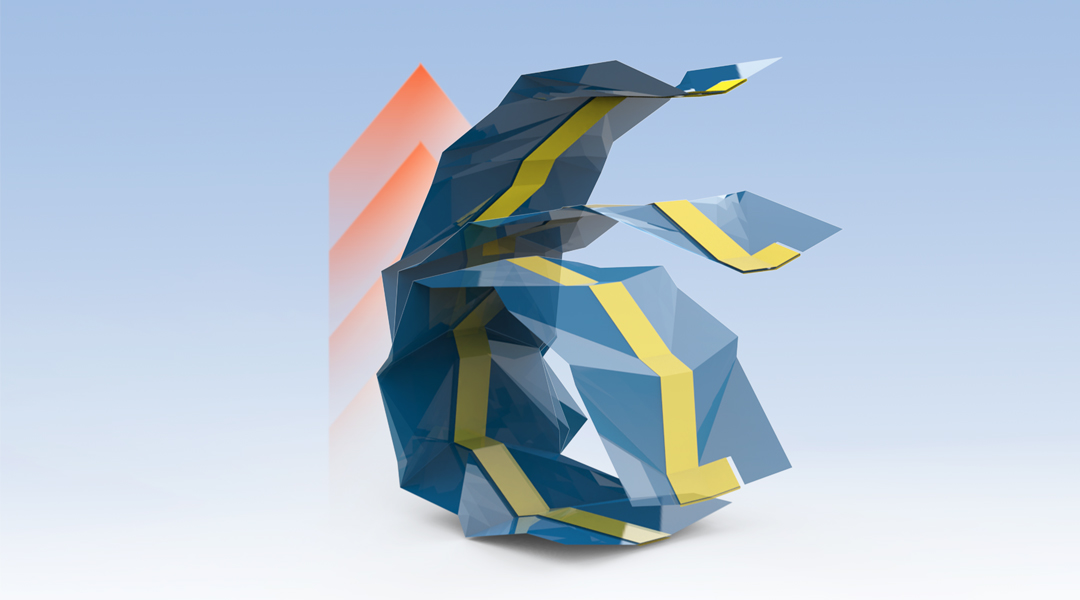Compared with the traditional rigid actuators, soft actuators have higher flexibility and environmental adaptability, but during use, the failure rate is relatively high and their life cycle short.
This means that soft actuators need to be need to be designed and fabricated simply and quickly to meet user demands and maximize longevity. As a result, researchers are increasingly turning to simple methods of fabricating soft actuators.
Researchers from Wuhan University report the development of a paper-based soft actuator built using screen-printing and origami to execute a variety of tasks, such as lifting objects, pushing objects, and helping finagle them through cracks — all useful within the field of soft robotics.
The soft actuator is composed of a shape memory alloy wire, which is a printed, flexible heater and an elastic origami structure. The wire acts as the driving unit to produce the deformation force while the printed flexible heater serves as the control unit to produce the stimulation temperature, and the elastic origami structure helps in structure recovery. The three units coordinate with each other to realize the continuous motion of the soft actuator.
Wei Wu, one of the lead authors of the study published in Advanced Intelligent Systems, explained that the main reason for choosing the shape memory alloy wire is because of its excellent shape memory effect and high energy density. When heated, it has the ability to generate large strain in a short time, which can provide stable driving force for our soft actuator.
“Our patterned resistive heater based on silver fractal dendrites fabricated using screen- printed technology has excellent thermal properties,” said Wu. “Its 288 mm length, paper-based heater can be heated to 105.1 ºC at 6.5 V, providing a stable and reliable energy supply to the soft actuator.
“We build computer modeling and finite element mechanical analyses of four paper structures,” he continued. “The results showed that the designed origami structures can improve the flexural rigidity of the paper, which means giving the paper a stronger recoverability after deformation. The greater recovery force allows the soft actuator to quickly return to its initial state, ready for the next drive.”
The three functional units are fully combined by the team’s assembly technique. When a unit loses its function, it can be replaced without affecting the others, which will effectively extend the service life of the soft actuator.
When asked about the research direction of the next step in detail, Wu said, “We have already proved the application potential of the soft actuator in lifting heavy objects and pushing the trolley forward. Next, we plan to further integrate printing technology and origami technology, and make breakthroughs in intelligent control and other aspects.”
Reference: Wei Wu, et al., Modularized paper actuator based on shape memory alloy, printed heater, and origami, Advanced Intelligent Systems (2022). DOI: 10.1002/aisy.202200194

















